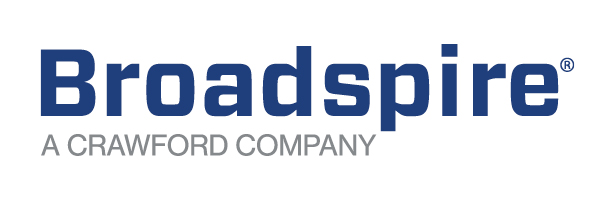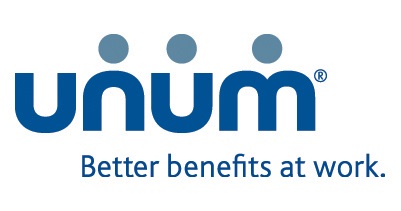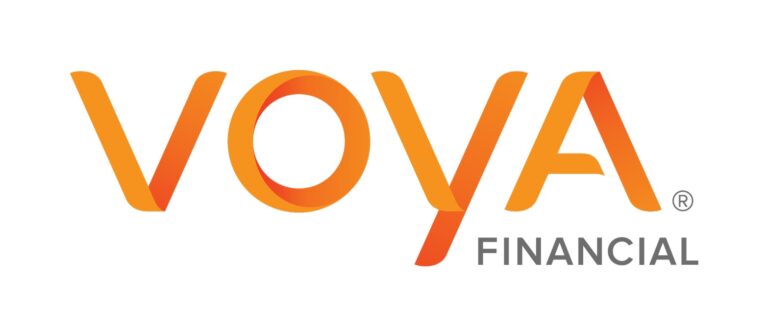
How do you protect and safeguard employee health and well-being? And should that be part of the conversation when assessing integrated disability and absence management plans and policies?
The answer is yes because employers are responsible for employees’ health — both brain and body. More specifically, managers are on the frontlines of employee well-being, yet I’d wager that this is not as widely recognized as it should be.
Is Employee Mental Health a Manager’s Responsibility?
In a recent DMEC podcast “Ignoring Employee Mental Health Now Will Cost Employers Later,” Mark Debus, LCSW, clinical manager of behavioral health services, Sedgwick, made an important point. “Managers are responsible for preventing mental wellness breakdowns among their workgroups,” he said. “I mean, that’s something that you actually own.”
It’s great advice but how comfortable are your managers and supervisors with evaluating red flags and referring employees to human resources for support? And for that matter, how comfortable are your disability and absence management teams with factoring brain health into accommodation design?
And, along those same lines, if work contributes to an employee’s mental health challenges, who addresses the root cause? Taking a step back, how do you know whether your workplace supports or jeopardizes an employee’s health physically as well as mentally?
Historically, employers have prioritized physical health, and we are only beginning to incorporate mental health into the equation. DMEC has long championed a holistic approach to health, and we see greater traction as data shows a strong business case for preventing all injuries at work. The question is where you start with these types of assessments.
While many employers believe they are on the right path with generous benefit offerings, research suggests otherwise and articulates a high cost to poor employee health. In fact, a global study estimates that investments in holistic health could yield $12 trillion in economic value.
So where do we begin?
Assessing Health Holistically
More employers understand that the work environment influences employee health and wellness, but how many consider how it affects recovery and healing? We do this with workers’ compensation by addressing physical safety. The same diligence must be applied to brain health and safety.
As chief executive officer of DMEC, I see firsthand the challenges employers face and the opportunities that exist within this realm. Employers want to do the right thing but many aren’t sure how to allocate limited resources effectively.
It begins with asking the right questions and listening to what your workforce tells you. Once you establish a baseline, evaluate how your benefit plans and policies measure up to industry norms. DMEC created AbsenceExemplar® Benchmarking to help employers embrace a data-driven approach with confidence. Use the tool to gain valuable perspectives and build from there. The good news is that meeting employees where they are doesn’t always mean more types of leave. It may be more about realigning investments to meet the needs of a diverse workforce.
From Strategy to Practice
The stakes are high here. Mental health is the second most common claims diagnosis behind maternity. The volume of cases isn’t slowing down, and there is a clear correlation between mental illness and higher-cost, longer-duration claims.
Employers can play a vital role in improving body and brain health by embracing holistic health strategies. While expanding employee assistance programs or enhancing mental health leaves may be good first steps for some organizations, what are the second and third steps? Are employees encouraged to use the benefits offered? Do they feel safe doing so?
In conversations with senior leaders across industries, I hear a common refrain: We’re investing more than ever but we’re not always seeing a return in terms of engagement, retention, or recovery. That tells me we need to examine workplace culture as well as manager training and communication strategies. Mental health support must be embedded into the fabric of an organization and championed by its leadership.
To make that a reality, we must normalize the use of (and conversations about) employee benefits that support brain and body health. This requires time and energy, which are at a premium these days. That’s why released the AbsenceNavigator™ leave planning tool in March to simplify complex processes so leave management teams can focus on people, not paperwork.
These types of employer benefits speak to our true north, which has always been to support employees. The route may change, but the destination remains the same.
We know transformational change doesn’t happen overnight. But as leaders, we have a responsibility and opportunity to lead with intention. Let’s keep this conversation going in the DMECommunities Mental Health group as well as in boardrooms, during team huddles, and in strategic planning sessions.
Share your thoughts, challenges, and solutions with your DMEC colleagues. That’s how we build healthier, more resilient workplaces. We do it together.





































